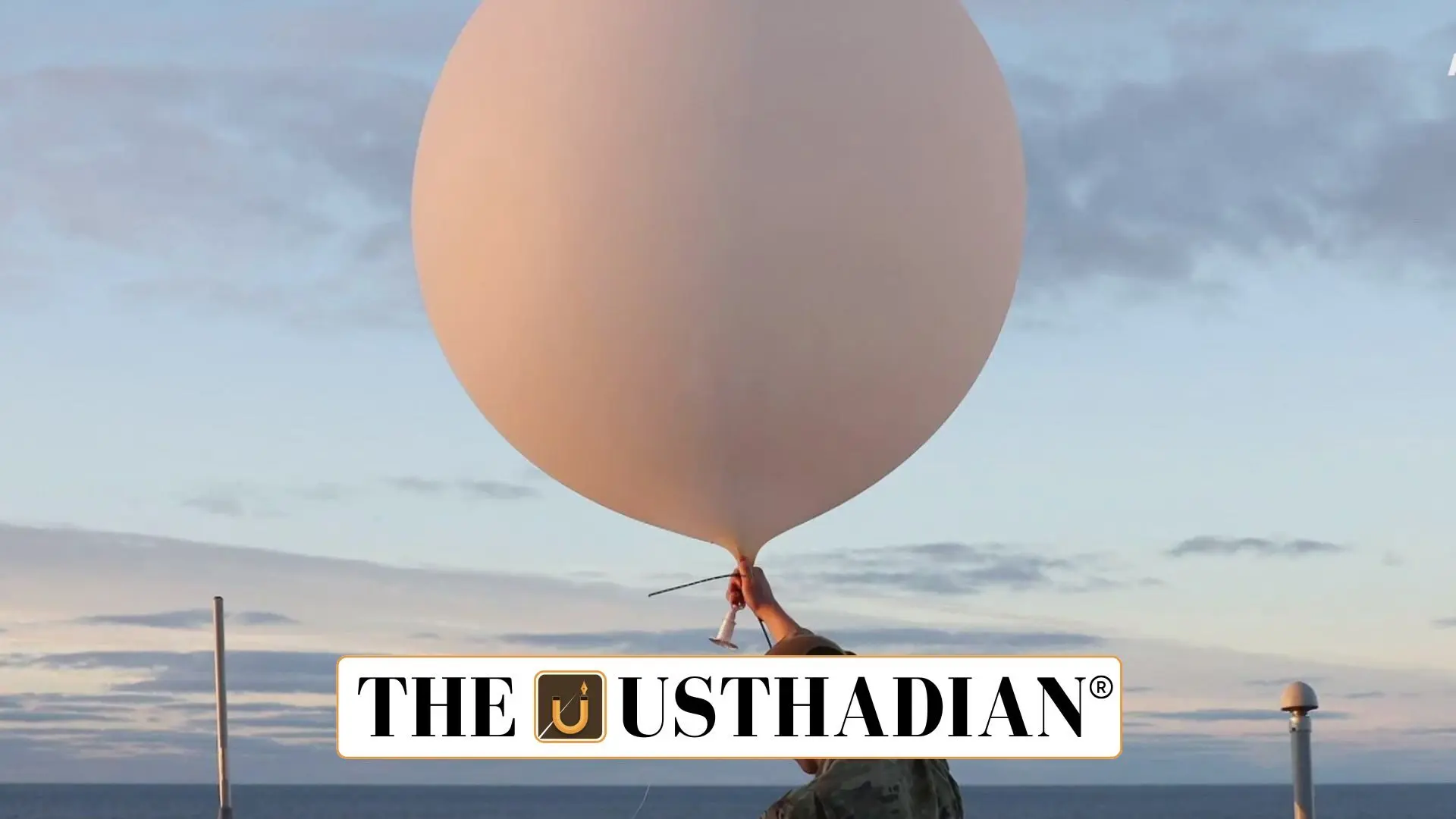NOAA Budget Cuts Trigger a Major Forecasting Shift
Budget Cuts Reshape Weather Forecasting: From Balloons to AI in the U.S.: In a major policy shift, the Trump administration’s decision to slash the NOAA’s budget by 25% has had ripple effects across the meteorological community. One of the first casualties? The routine launch of weather balloons—a backbone of global weather forecasting. This reduction has sparked both concern and innovation. In Silicon Valley, a tech startup has stepped in, proposing AI-powered alternatives to replace the traditional balloons. If successful, this marks the start of a new era in atmospheric data collection, one driven by artificial intelligence.
A Legacy That Dates Back Centuries
It might be surprising, but upper air observations have a rich history that began not with satellites, but with kites. In 1749, students in Glasgow used kites to measure high-altitude temperatures. Later, in the 1780s, hot air balloons gave scientists the ability to physically ascend and collect data. However, these early flights were often dangerous. A safer and more reliable method came when Léon Teisserenc de Bort, a French meteorologist, began launching unmanned weather balloons in the late 19th century. He’s also credited with discovering the tropopause and stratosphere—key layers of our atmosphere.
The Rise of Radiosondes and Their Global Role
By the 1930s, innovation led to the radiosonde—a compact instrument attached to weather balloons. These devices could measure temperature, humidity, and pressure, and transmit the data back to earth in real-time. The US Weather Bureau launched a network of radiosonde stations in 1937, a model also followed by India and other countries. Today, around 900 global stations launch balloons twice a day—at 0000 and 1200 UTC—to ensure synchronized data collection across the globe.
Why Balloons Still Matter in the Satellite Age
Even with satellites scanning the skies, weather balloons remain irreplaceable. They provide high-resolution vertical data, especially in the lower atmosphere, that satellites can’t capture in detail. In fact, the data from radiosondes is used to calibrate satellites, ensuring accuracy in climate models. Without these balloons, even high-tech weather models risk losing their precision. For example, during Russia’s 2015 budget cuts, fewer radiosonde launches led to a noticeable dip in forecast reliability.
The Road Ahead: AI or Accuracy?
While the shift to AI-powered systems is exciting, it’s not without risk. The existing balloon system is proven, and its sudden replacement due to budget constraints could affect real-time forecasting, especially in storm-prone regions. As India and other countries continue with their manual balloon networks, the U.S. may be gambling on AI before it’s fully ready. The question remains: Can technology replicate or even surpass the reliability of time-tested radiosonde data?
STATIC GK SNAPSHOT
| Topic | Details |
| First Upper Air Observations | Kites in Glasgow, 1749 |
| Pioneer of Weather Balloons | Léon Teisserenc de Bort (France), late 19th century |
| Radiosonde Invention | 1930s; used for real-time data transmission |
| Daily Global Launch Times | 0000 UTC and 1200 UTC |
| Standard Balloon Ascent Height | Up to 115,000 feet (~35 km) |
| Tropopause Discovery | By Teisserenc de Bort during balloon observations |
| NOAA Full Form | National Oceanic and Atmospheric Administration (USA) |
| Radiosonde Use in India | Yes; part of national atmospheric monitoring system |








